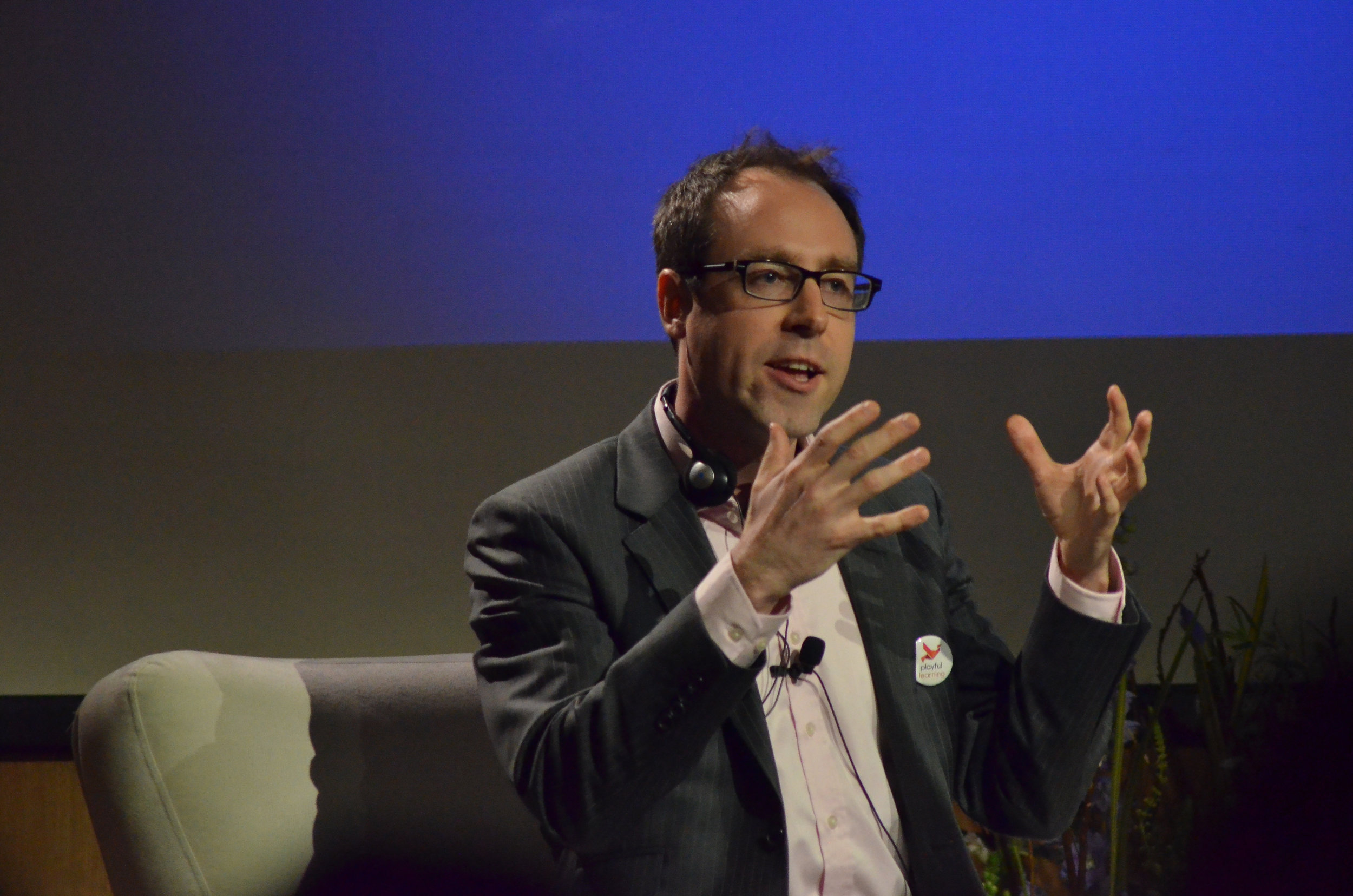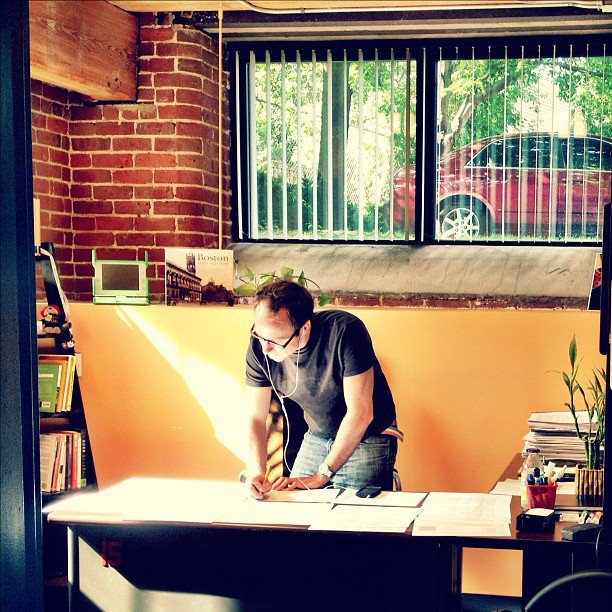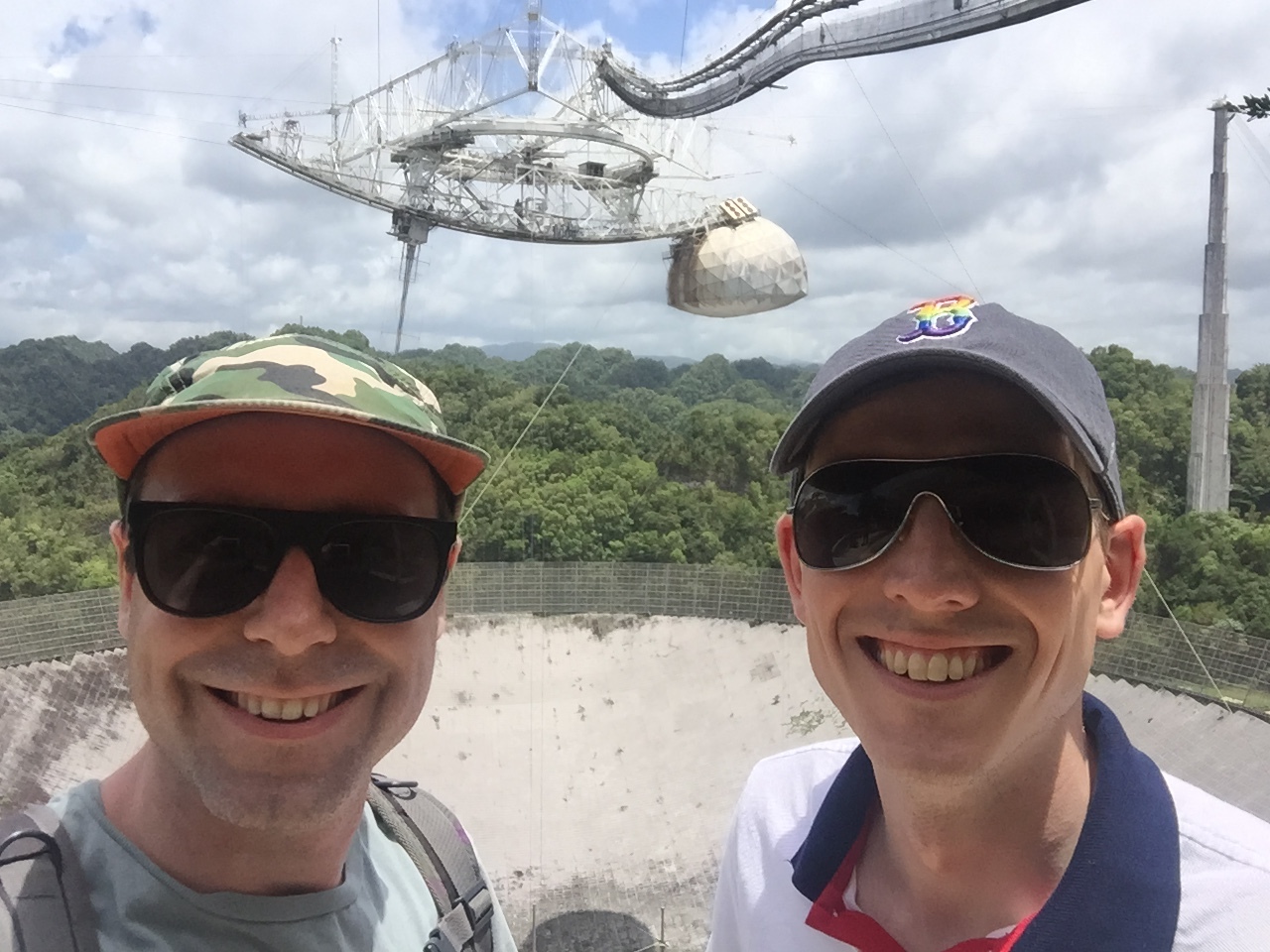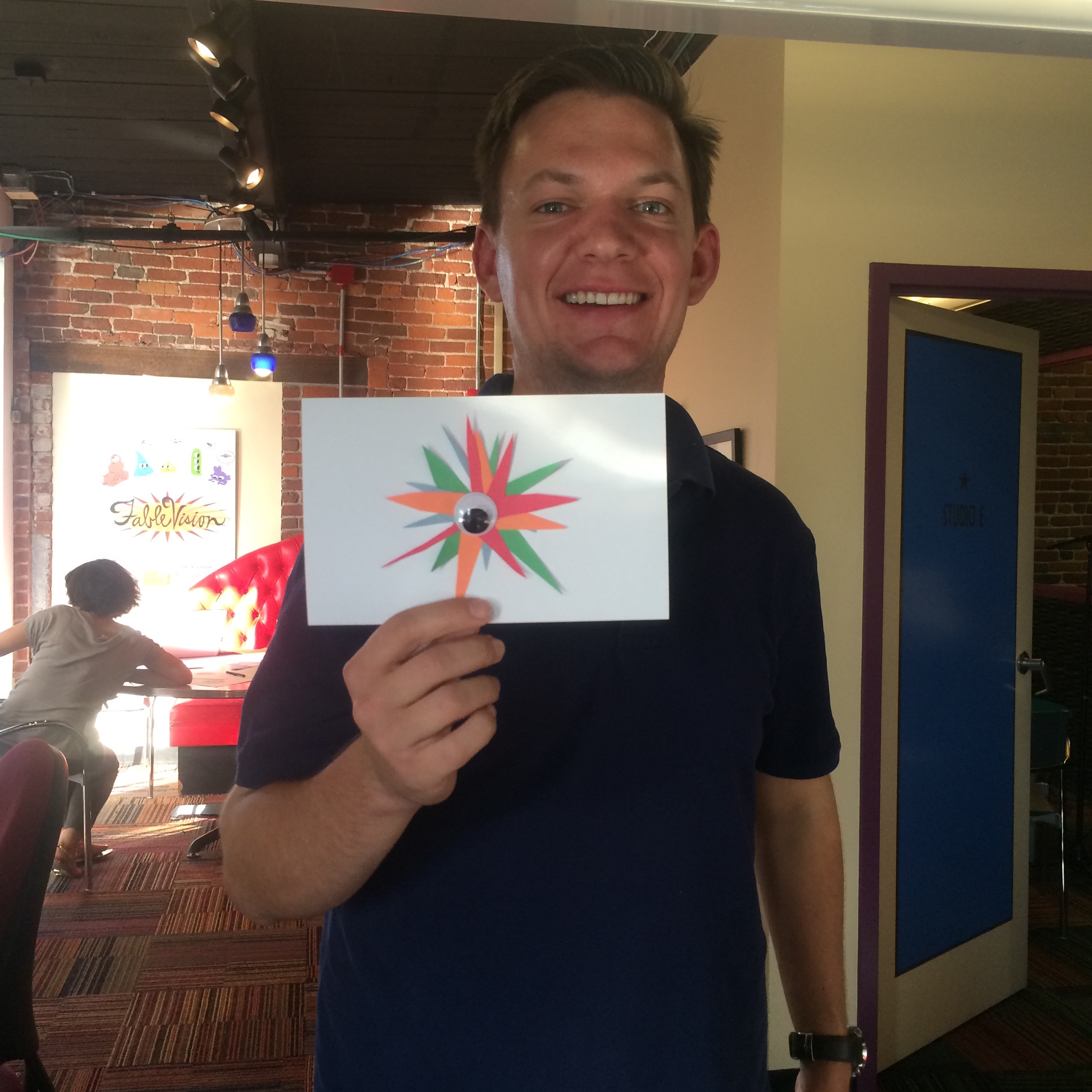This is a special year for FableVision. We’re celebrating 20 years of designing and developing a wide array of engaging media that have inspired, taught, and moved people to action. Behind this mission-driven company is a team committed to creating positive media to help move the world to a better place. This special series highlights some of our crazy-talented artist-friends we've worked with over the past 20 years. To help us celebrate our 20th anniversary, we asked each of them to put their own spin on a FableVision logo.
Read up on all our anniversary celebrations on our website here and save the date for our anniversary party on November 18!
Daniel Brennan is a freelance illustrator from Massachusetts. He received a BFA in Illustration from the Savannah College of Art and Design. While also interested in animation and 3D art, films, novels, and wide open spaces have also had a big impact on him. You can find him drawing or exploring the outdoors. We asked Dan what FableVision means to him. Check out what he has to say.
Dan Brennan
Tell us about the logo you designed:
I wanted to make something in the spirit of FableVision's fun and positive approach to it's goal of crafting a better future, and how the folks here have educated and entertained young people with creative media for 20 YEARS! Play, creation, and technology are all important parts of life in the studio, so I tried to wrap them up together.
What's your favorite FableVision memory?
The first open house I went to at FableVision will always stick in my memory. Being able to meet the crew and see their art hanging everywhere was a big inspiration!






































